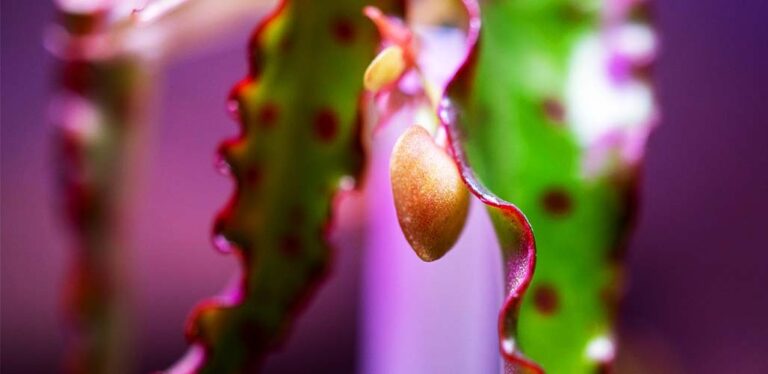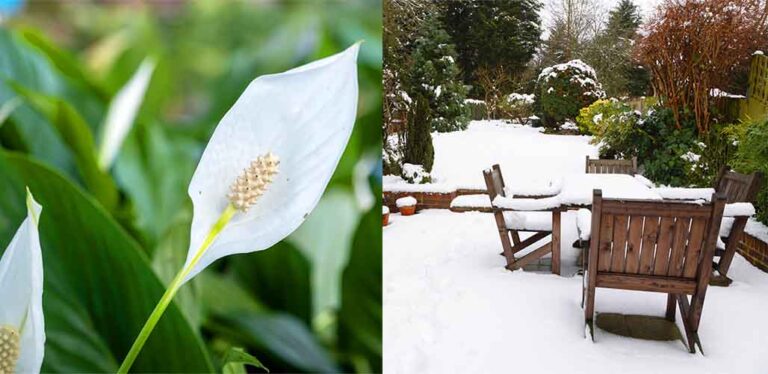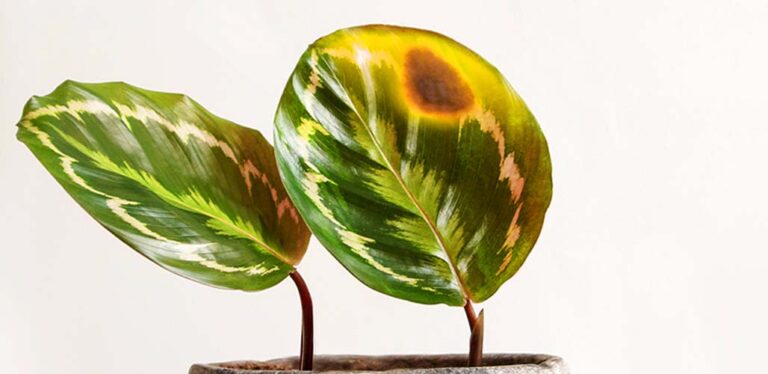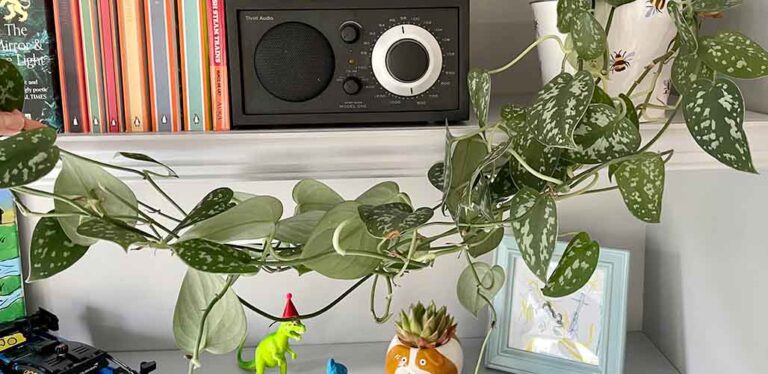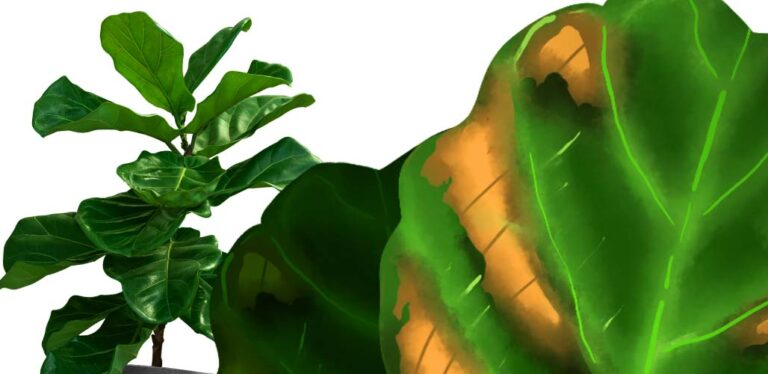How To Deal With Snake Plant Split Leaves
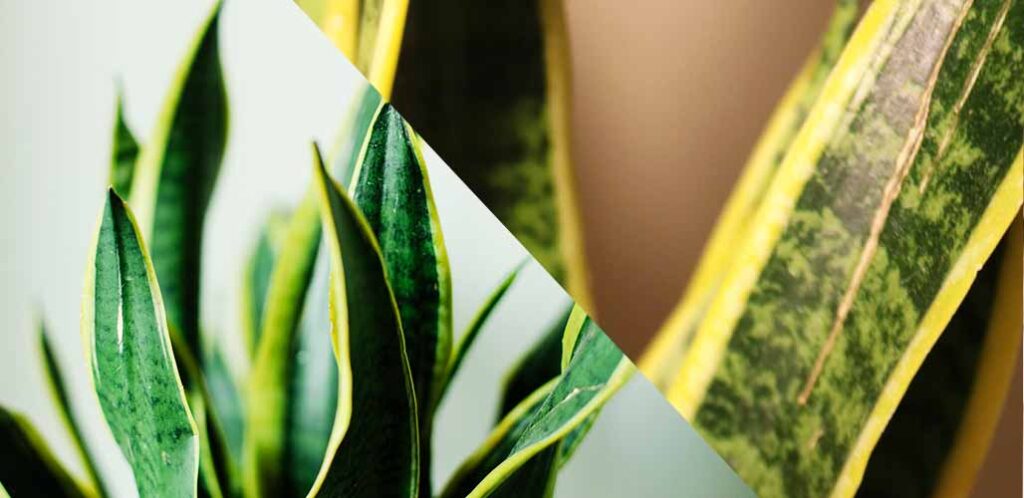
My snake plant was a Mother’s Day present from my daughter, so I’m more attached to it than most of my houseplants. But since I’ve never owned one before, it’s also suffered a few mishaps while I’ve perfected caring for it. Despite their reputation for being ultra-low maintenance, it turns out you can still get things wrong! Snake plant split leaves are just one of the conditions I’m now casually acquainted with. They are usually the result of uneven environmental conditions, but other factors can be responsible too. Here’s what I’ve learned, and what you need to know too.
Contents
- Snake plants 101
- What your snake plant needs
- Causes of snake plant split leaves
- What to do about them
- The nuclear option, for really bad damage
Snake plants 101
Snake plants are also known as mother-in-law’s-tongue, sansevieria (a previous Latin classification), and Dracaena trifasciata (their current Latin classification). They are striking architectural plants, which combine bold leaf shapes, colors and patterns. And they are also one of the most low maintenance houseplants. These attributes make them popular with passionate botanists and brown-thumbed amateurs alike.
Since it is very difficult to replicate the conditions under which they would usually flower, snake plants are usually grown for their foliage. In traditional medicines they were used for pain relief and to reduce fever symptoms. More recently, scientists have been investigating whether snake plant leaf extract can treat the symptoms of rheumatoid arthritis. Snake plants are also one of the plant species which may improve air quality and remove airborne pollutants from the atmosphere. They were also one of the species used in this study, which linked the presence of plants to an increase in well-being, motivation, and productivity in classrooms and workplaces.
In other words, even if you’re feeling flustered by snake plant split leaves, this plant is too awesome to give up on!

What your snake plant needs
Snake plants originate from tropical regions of west Africa, but their care needs are far from exotic. They like:
- Well draining soil
- Moderate to low light
- Room temperatures
- Ordinary household humidity
- Sparse watering
In fact, they demand so little of us that snake plants are famous for being verging on un-killable. They’re often recommended for beginners because they’re so easy to look after. In some non-native countries, like Australia, they’re even considered a weed. And yet my own had a split leaf within 6 weeks, and 6 weeks after that, it had two more.
Causes of snake plant split leaves
Snake plants are *nearly* indestructible, but here’s what could be damaging them all the same:
1. Low humidity
Generally speaking, the leading cause of split leaves on houseplants is low humidity relative to their native habitat. Snake plants can actually tolerate relative humidity of 40-50%, which is in keeping with most of our homes. But a spell of hot, dry weather can drive humidity down sharply for a while. Which can cause snake plant leaves to split.
2. Over watering
Snake plants are adapted to drought, and standing in wet soil for any length of time can cause root rot. When this happens, split leaves are a sign that the plant is being stressed by root damage.
3. Too much heat or light
Snake plants prefer relatively low light conditions. They’re one of the few species which won’t be vying for the one shelf or window sill in your home which gets ‘bright indirect light’ all day long. Too much heat or direct sunlight causes dramatic fluctuations in the water content of their leaves, leading to splitting.
4. Physical damage
Like a ladder in a pair of stockings, snake plant split leaves can also start as a small area of damage, and spread vertically. Leaves can be damaged by knocks and bumps, and pets. Since they are tall and prefer dry soils, they tend to be top heavy, and may fall over.
5. Nutrient deficiencies
Split Dracaena leaves can be a sign that your plant has depleted all the nutrients in their pot. Once vital nutrients have run out, new leaves may be weaker, and more prone to damage.
6. Pests
Snake plants aren’t vulnerable to many pests, but they do occasionally get infested with mealybugs. These sap-sucking insects don’t cause split leaves directly, but they can weaken the overall condition of the plant. Which makes it more prone to split leaves arising from one of the factors above.
7. Age
And finally, nothing lives forever. Old leaves may wrinkle, fall over, or split, in conditions that the rest of the plant is perfectly happy in.
What to do about split leaves on snake plants
Snake plants are hard as nails. If they could speak, their most likely response to a split leaf would be “what this? it’s barely a flesh wound”. However, if the split is the result of an ongoing environmental condition, you need to act fast to make sure the problem doesn’t spread. For example, if it’s the result of your plant being toasted by 8 hours of direct light from a south-facing window every day, move it pronto. If you realize with hindsight you’ve been overwatering the pot, lift the root ball out gently and check for any rotting roots that need removing.
Unfortunately, splits in snake plants’ leaves can’t be repaired – the damage to that leaf is permanent. But it’s rarely a death knell for the whole plant. If the split is unsightly, but not so significant that it’s stopping the leaf doing its job, you can always just turn the plant around until it’s not very conspicuous. This is especially easy if the leaf is only split on the outer surface! This is also a good temporary solution for small or young plants, which would be stressed by removing the leaf straight away.
If removing the leaf would still leave plenty of mature leaves to sustain the plant, you can cut it off as close to the base of the plant is possible, using a clean, sharp knife. Snake plants grow new leaves from basal rosettes close to the rhizome. New leaves are continually being produced at the center of each rosette. So damaged leaves can be removed from mature plants – especially the oldest outer leaves. The new ones at the center will take their place in due course.
Drastic measures for severe cases of snake plant split leaves
If your plant has several split leaves, or damage to the root ball, it might be best to cut your losses, and propagate new plants. You can do this by:
Division
- Take the whole plant out of its pot.
- Shake most of the compost off its roots to reveal the rhizome.
- Cut the rhizome into sections using a clean, sharp knife. Each section you keep should have a basal rosette and only healthy roots attached.
- Replant each section in fresh succulent compost, or regular houseplant compost mixed with grit.
- If some sections don’t have any split leaves you can keep them and discard the rest. Or pot them all, and remove the split leaves when healthy new growth has taken over.
Propagating in water
- Identify the healthiest leaves.
- Remove them as close to the base of the plant as possible with a clean, sharp knife.
- Cut the bottom of each leaf into an inverted v-shape, like a ribbon on a gift.
- Stand in water in indirect light, and wait for roots to appear from the cut edge.
- Transfer the cuttings with the strongest roots into compost when the roots are an inch long.
- You can try this with split leaves too, if that’s all your plant has. Just remove the damaged leaf when the potted-up cutting has lots of healthy new foliage.
Propagating in soil
- Exactly like propagating in water except you skip straight to placing your prepared cuttings into a mix of compost and grit.
- The advantage of this is it’s a relatively tidy one-step process.
- The disadvantage is that you can’t see which cuttings are rooting most strongly.
- If you only have one good leaf to take a cutting from though, it might as well be this method!
Snake plant split leaves – summary
Ironically, I think my snake plant ended up with a split leaf as a result of trying to care for it a little too much. I was watering it on the same schedule as the calathea and spider plants on either side of it. But I should have been checking whether the soil had dried out first. But happily, it’s back on track now that I’m forcing fewer drinks on it. I’ve already removed one split leaf, and I’ll remove the other two when it’s a bit bigger. I’m not really in much rush though – it’s a living thing, and I don’t expect it to look perfect!
Let us know what you decide to do about split leaves on your snake plant using the comments box down below.

